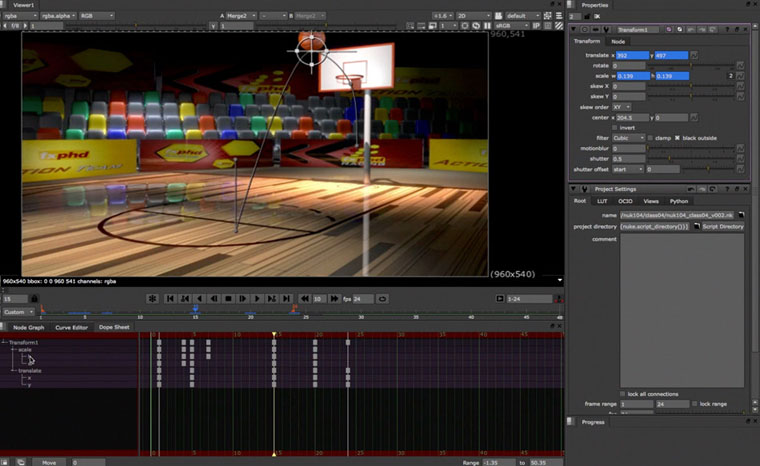NUKE is the most popular vfx compositing package in the world today. Find out why everyone from the largest film vfx facility to small motion graphics shops are relying on NUKE to turn the impossible into the possible and make their work look better.Taught by Tahl Niran, this course will cover all of the basic tools and techniques you need to get up and running with the latest version of The Foundry’s NUKE as well as give you a good solid foundation in how to composite live action footage, CG renders and even work with cameras and objects from your 3D application. Designed as a guide for people with little or no experience using the application, a good understanding of photoshop, after effects or similar application is recommended.
Tahl Niran is a compositor and trainer who has been working in visual effects since 1999. In that time he has worked in games, broadcast design, TV commercials and feature films and trained artists in Australia, London, New York, Mumbai and Shanghai. Tahl was one of the foundation professors at fxphd and also one of the creators of the original Foundry NUKE Masterclasses. He returns to fxphd after three years in London working with the team at Double Negative Visual Effects.
class syllabus
- Class 1: An introduction to node based compositing. Using Nuke and the UI, viewers, channels, basic merge operations, nulls and no – ops.
- Class 2: Importing images into Nuke. Nuke and colourspace, using the Viewer, colour sampling, colour correction basics. Using the write node to render images and relative and absolute paths in Nuke.
- Class 3: Mattes and Roto: Generating mattes and masks and the Roto node. Creating includes and excludes. Stencil and Mask vs In and Out, unders, overs, and how it all works.
- Class 4: Transforming, moving and animating an image in nuke. Using time and keyframes.
- Class 5: Green and Blue screens. Understanding how to Colour and Luma keyers work. Combining live action images without alpha channels.
- Class 6: Tracking. Matching pattern matching and planar tracking. Making it all stick.
- Class 7: Introducing the 3D system in NUKE. Cameras, Geometry, Transforms and how to move in and out of 3d space in the same application.
- Class 8: The 3D system continues. Using models and camera from a 3D application in NUKE. Moving files back and forth between Maya and NUKE.
- Class 9: Projections and how you can create the incredible with NUKE’s model builder and camera projection tools.
- Class 10: Multipass compositing. Using colour and data passes to composite better looking 3D images and control 3D renders.


Recent Comments